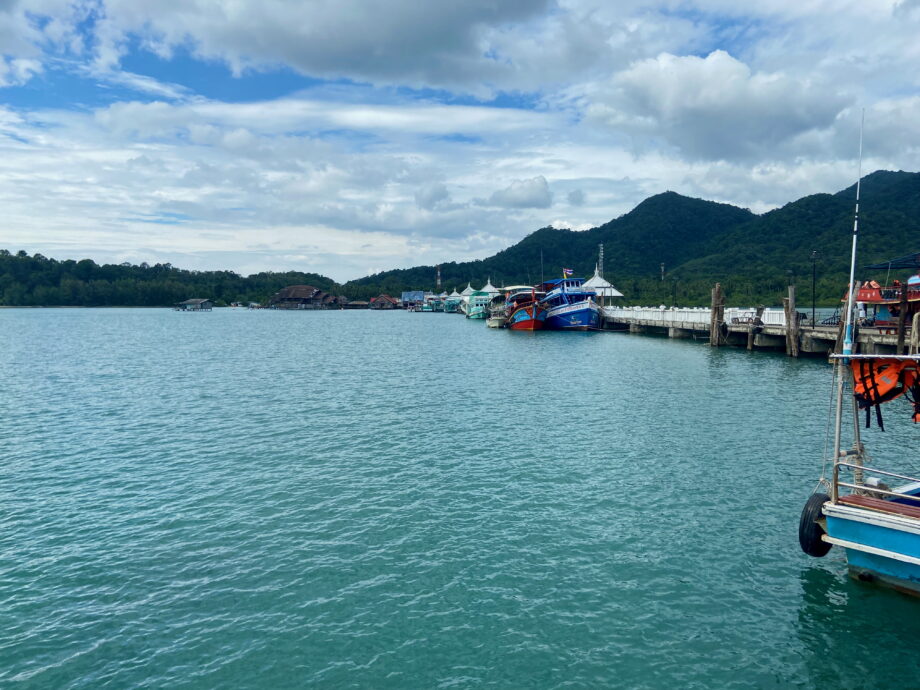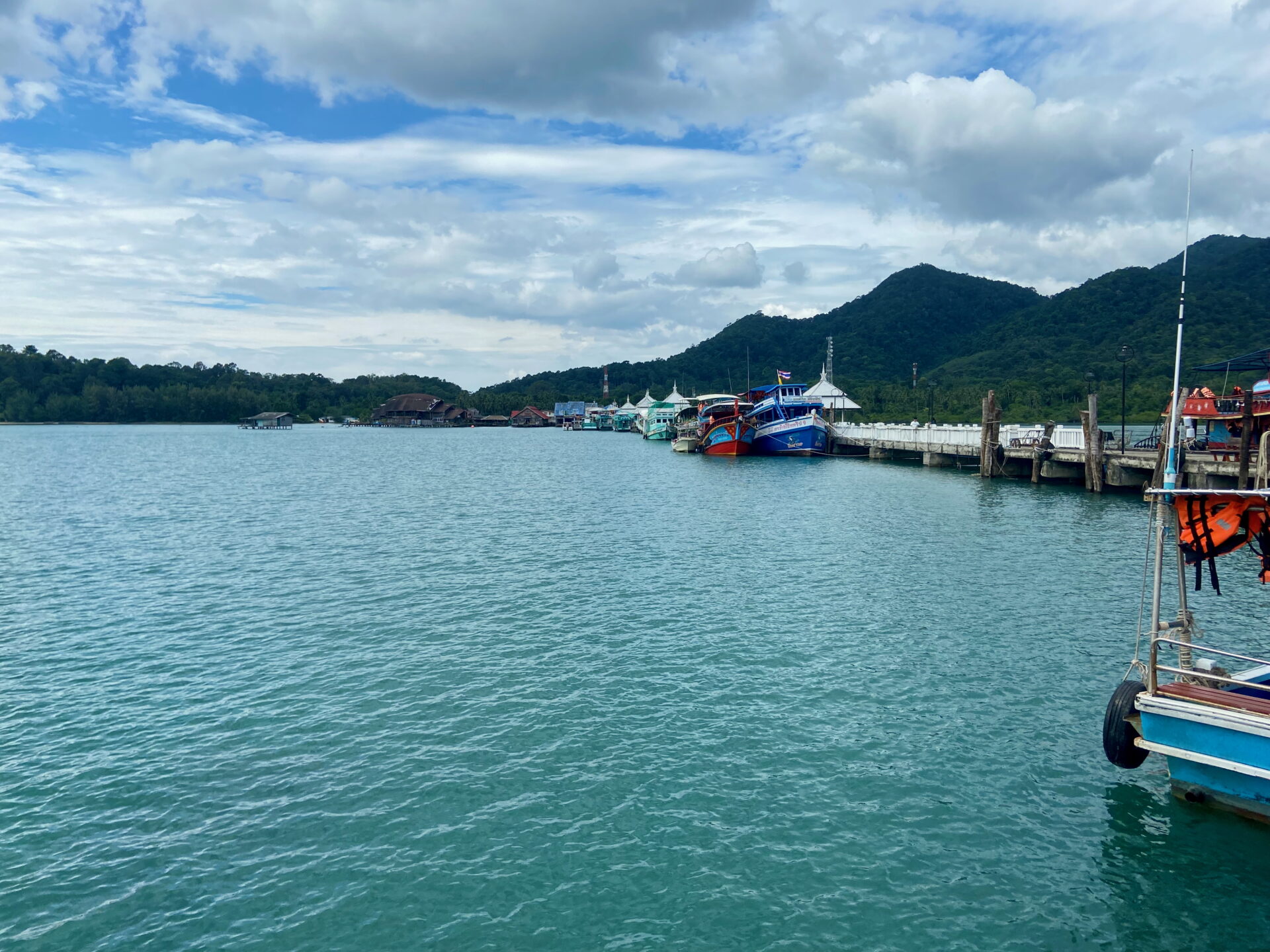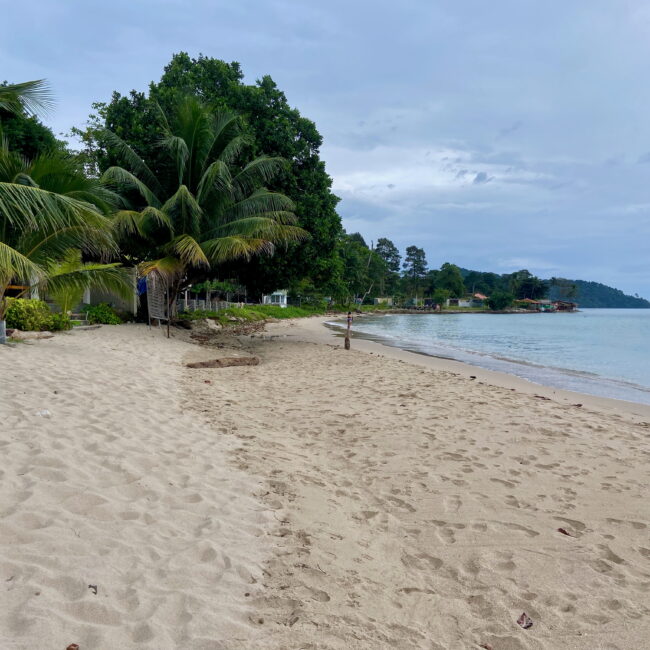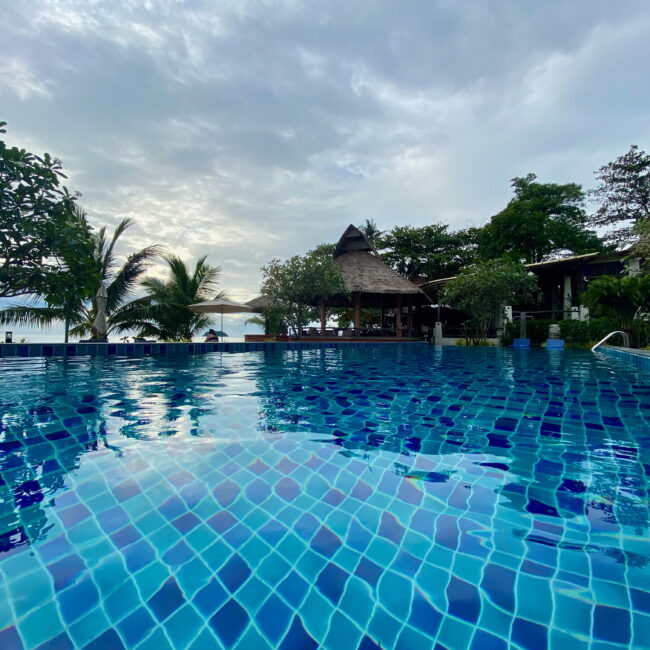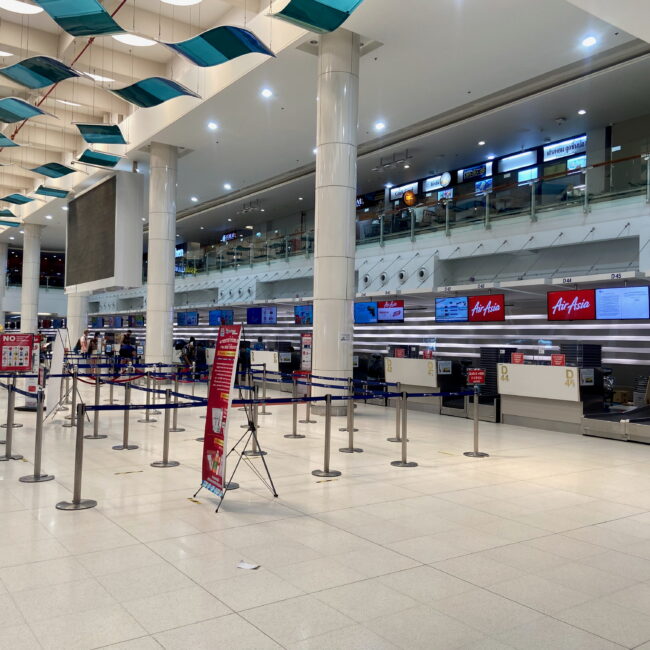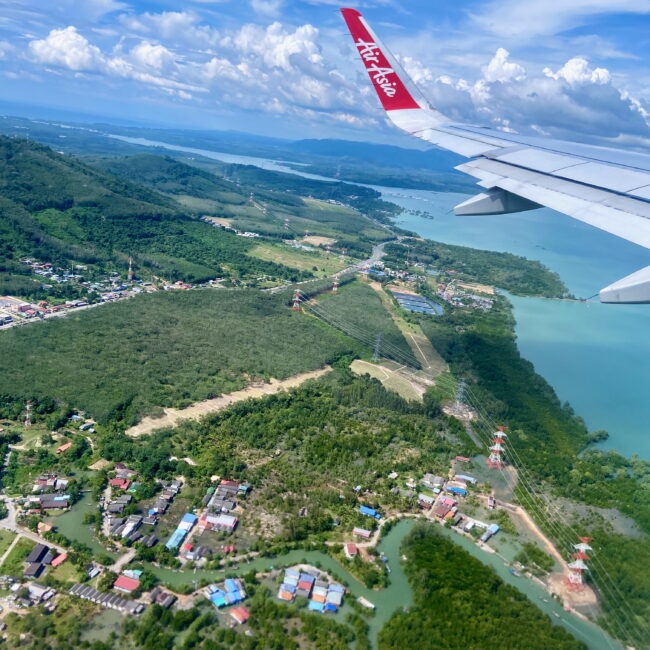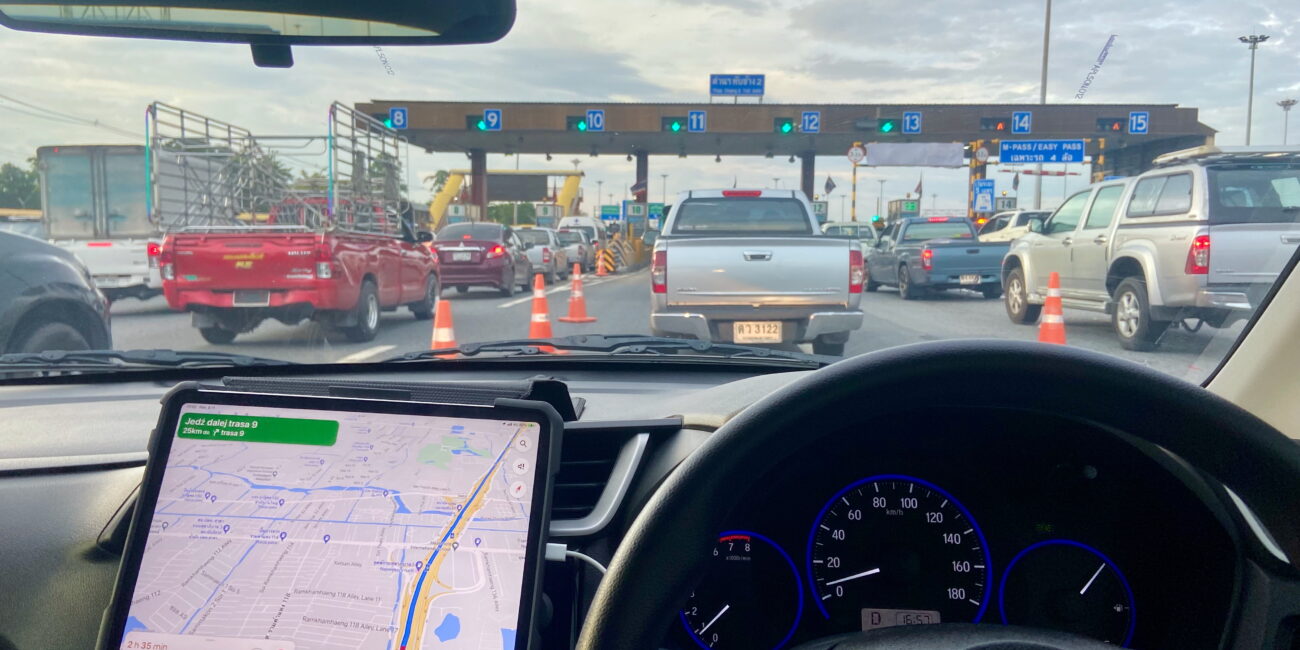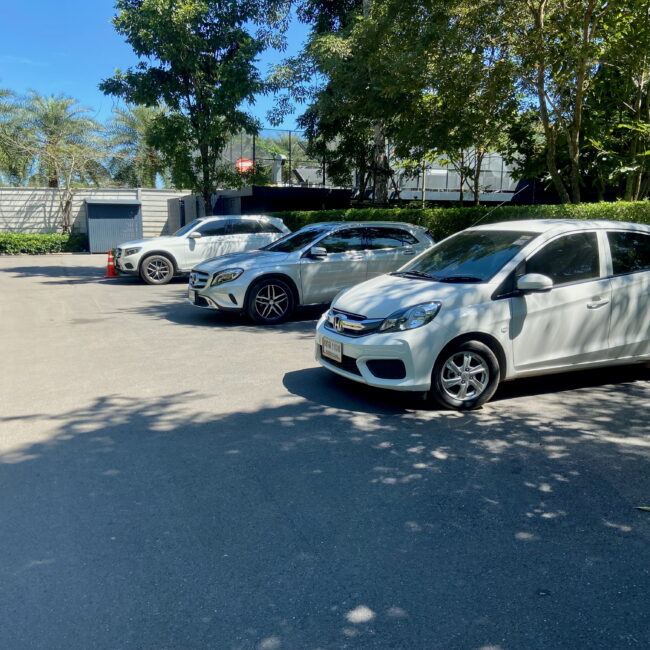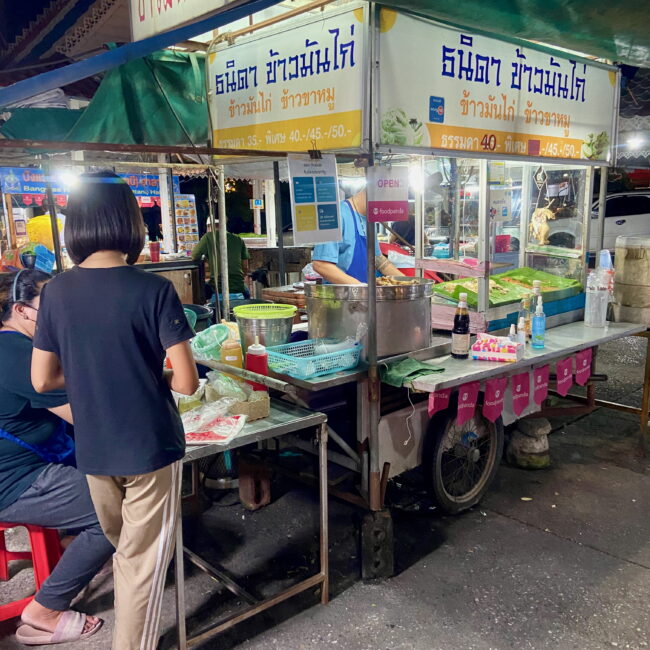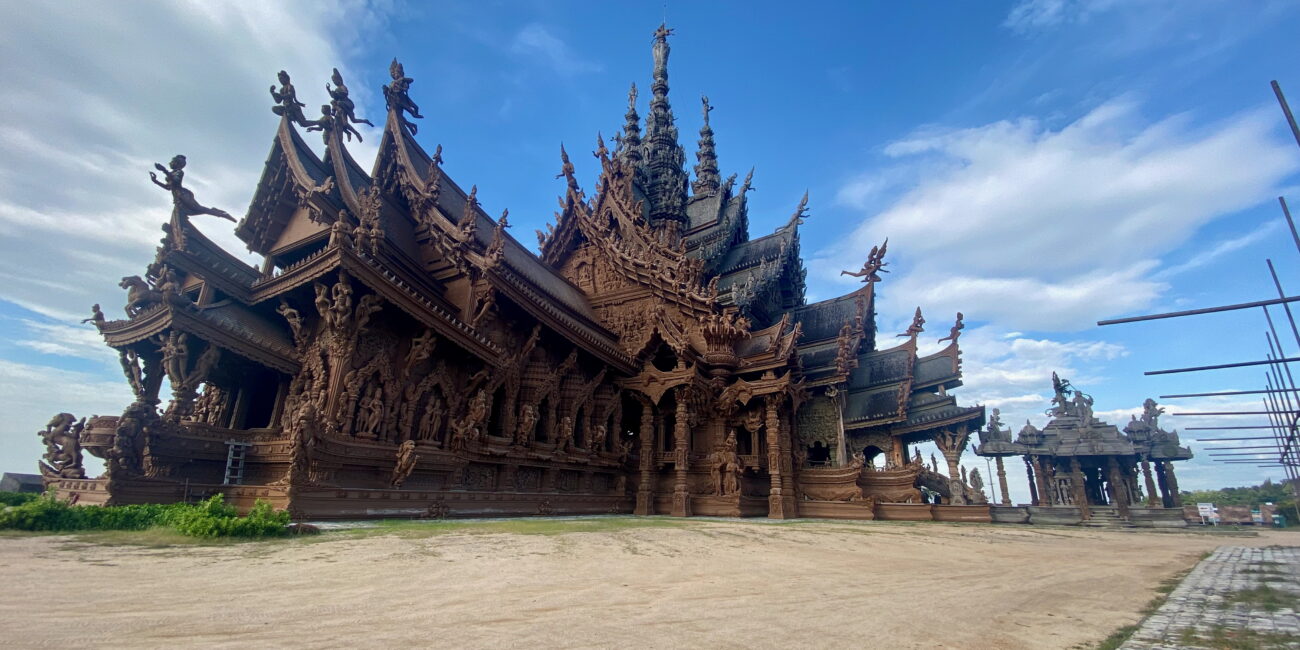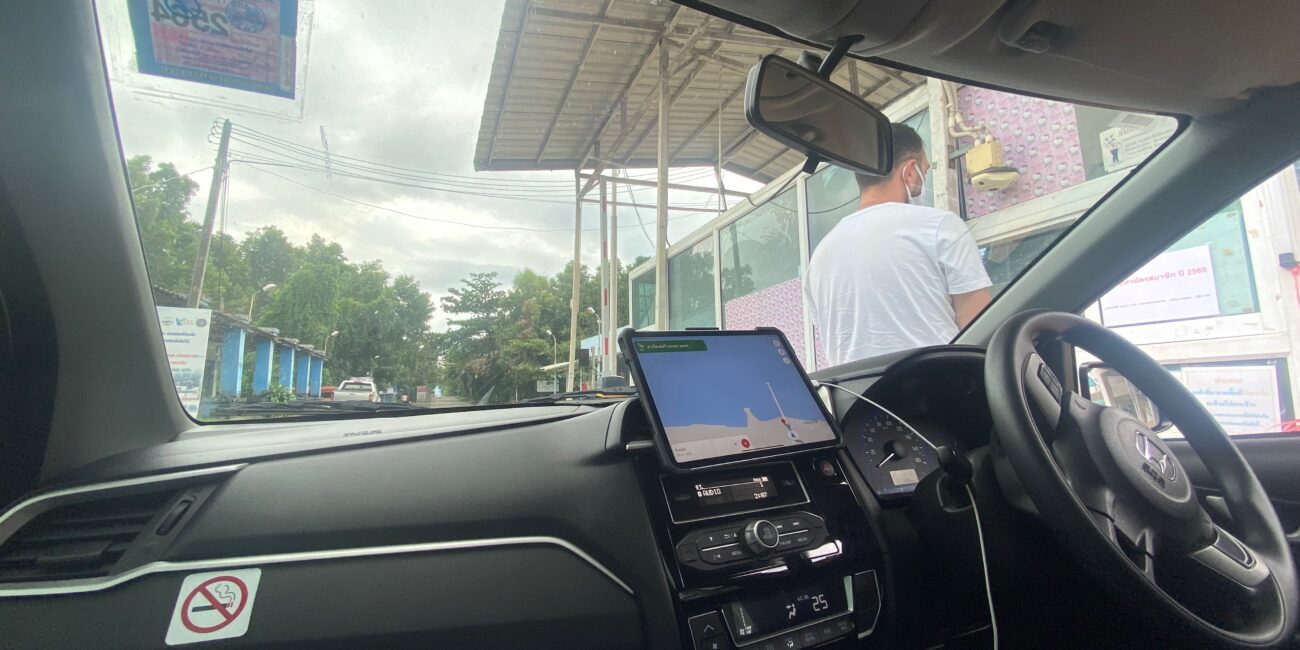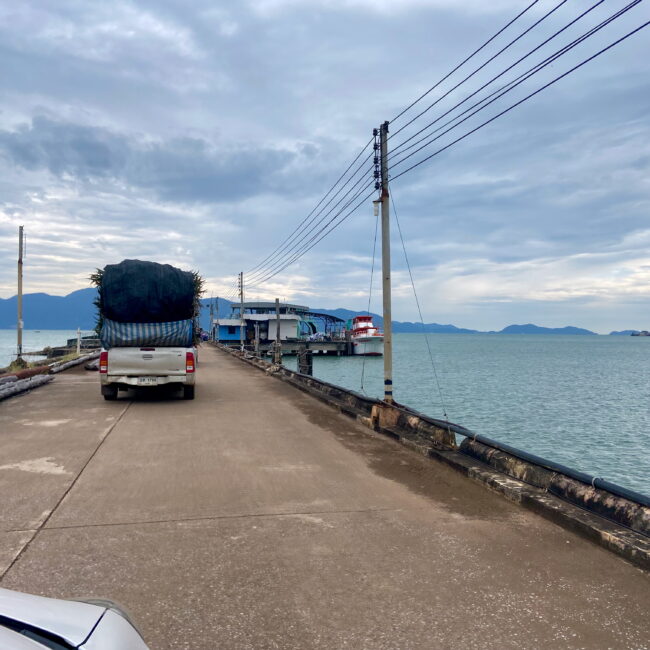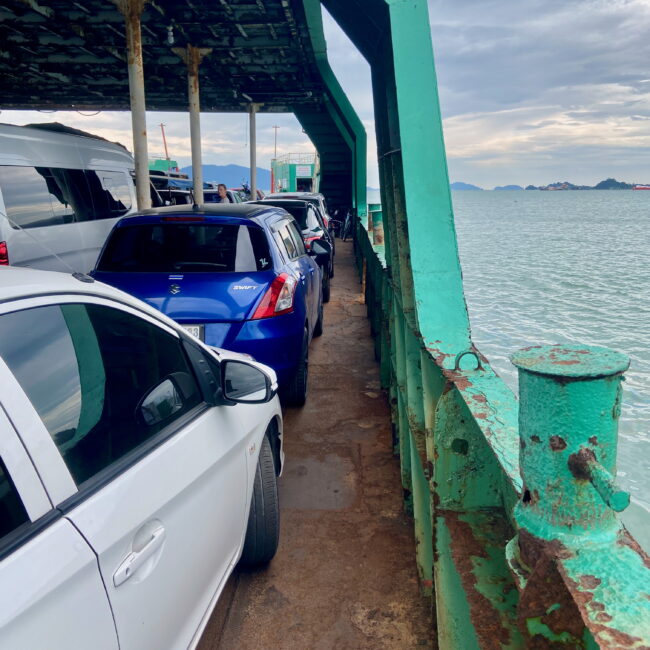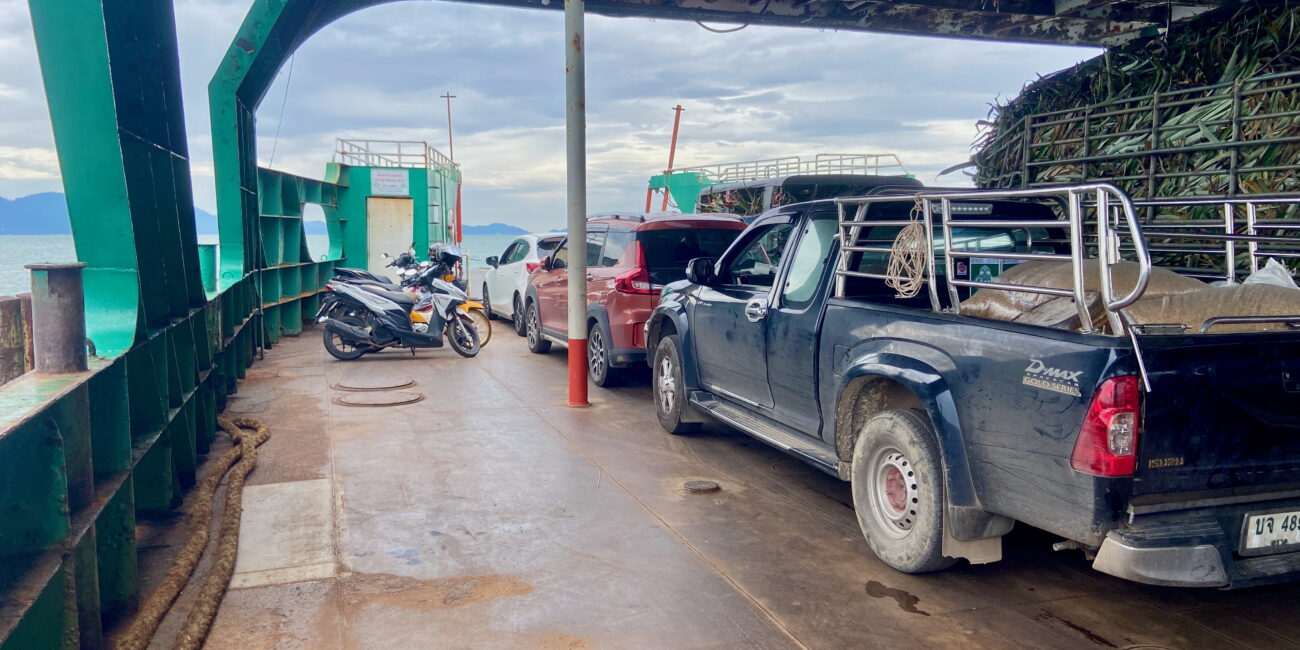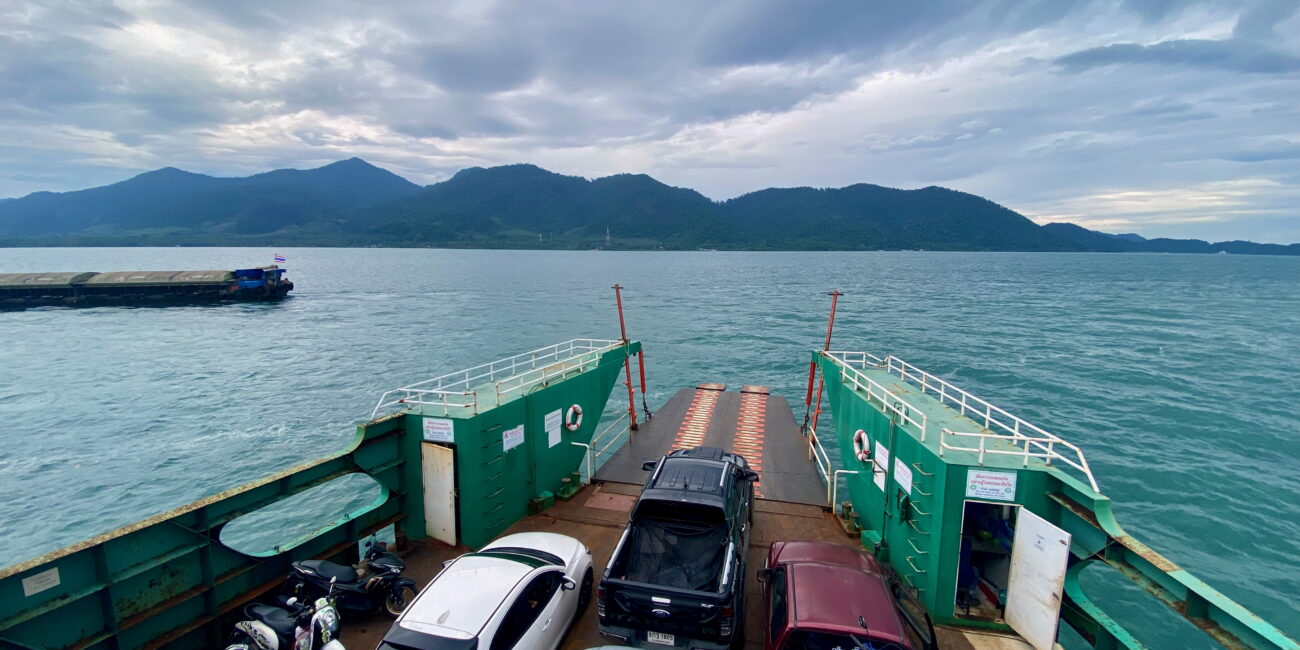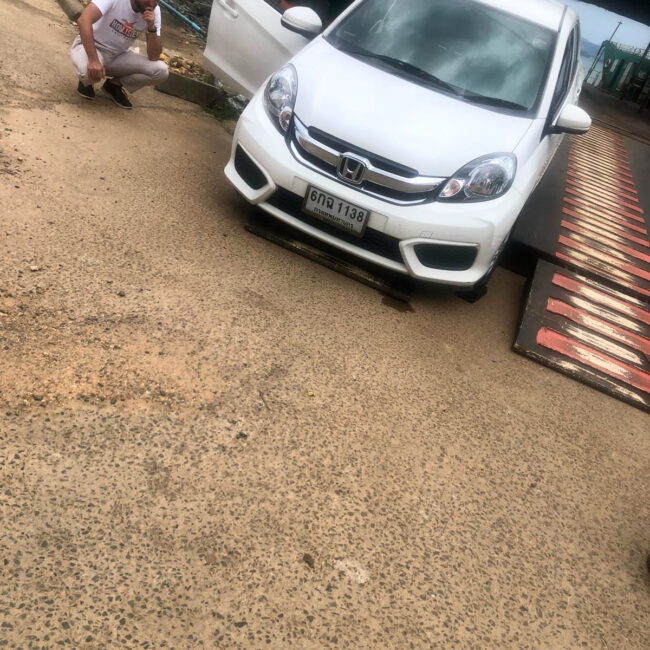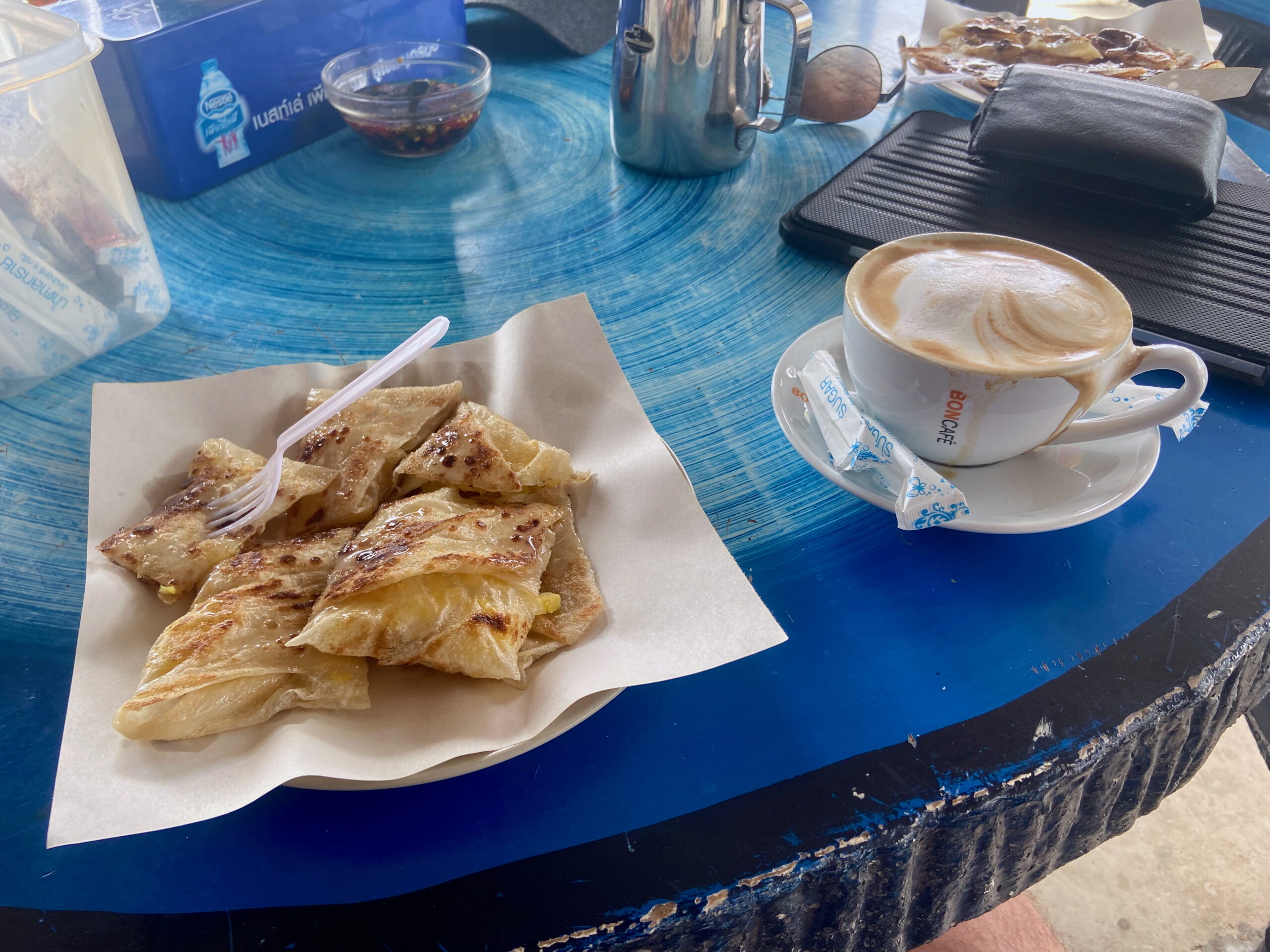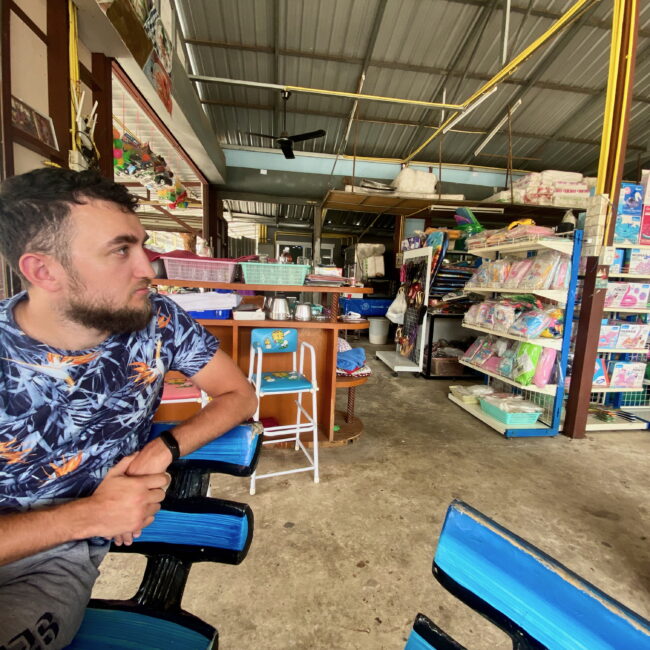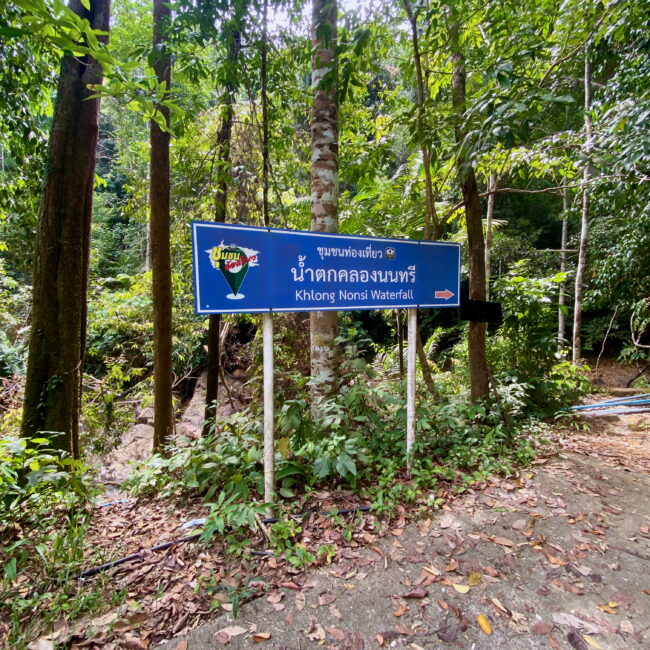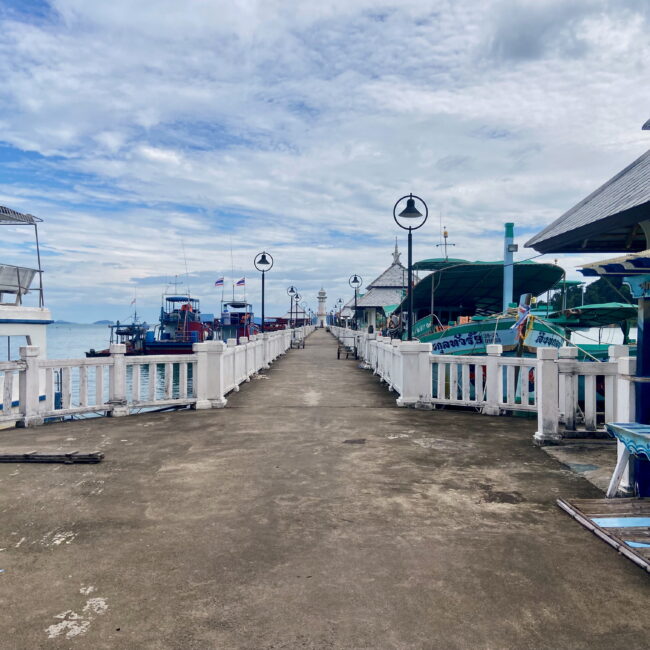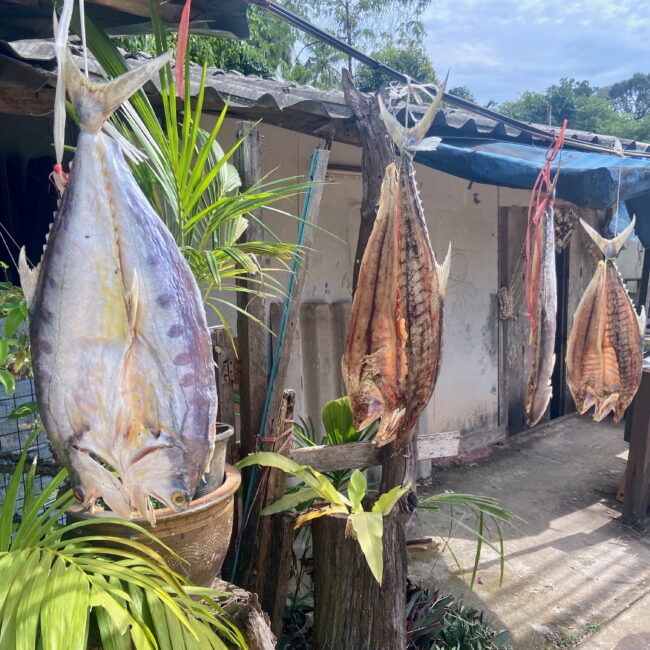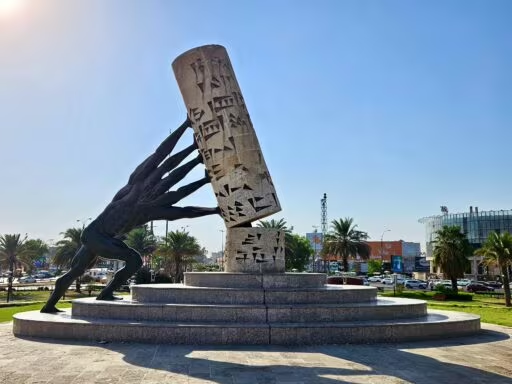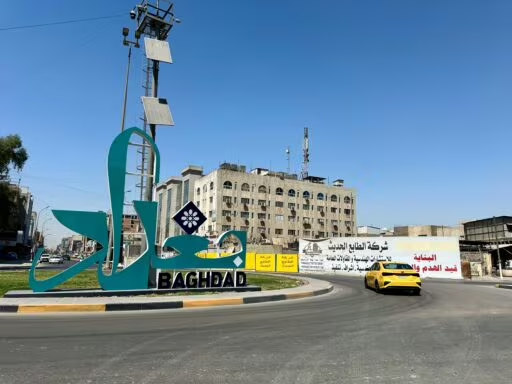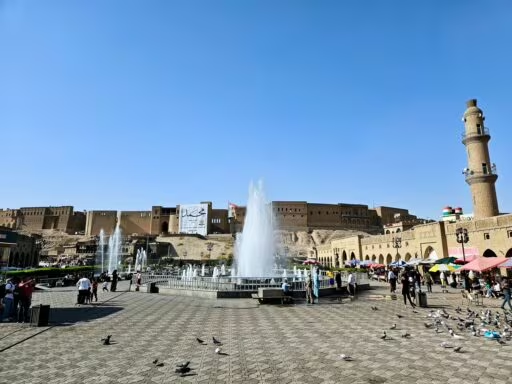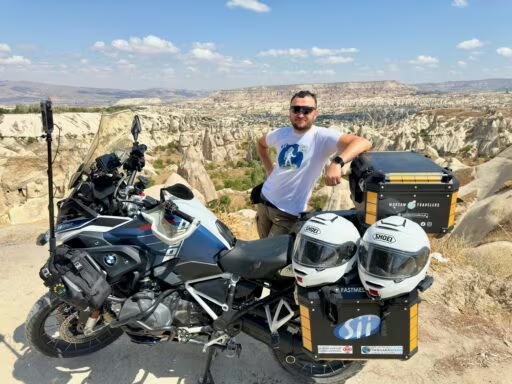This post is also available in:
Polski
Hello 👋
Koh Chang, an island located closer to the Cambodian border, was the next destination on my journey through Thailand. After spending a few days on Phuket 👉 (which you can read about in the first part of my story), it was time to explore a different side of the country. During the pandemic, every trip had something unique about it—emptiness where there were usually crowds, and silence that replaced the typical tourist buzz.
This is a retrospective from 2021, a time when traveling required a bit more effort than it does today. Koh Chang, quieter and less commercialized than Phuket, seemed like the perfect choice. I wanted to experience Thailand from a perspective of nature and local charm, far from the hustle and bustle of big cities and the most popular destinations.
Don’t expect grand luxuries here—Koh Chang is a place that draws visitors with its unspoiled nature and laid-back vibe. After an intense stay on Phuket, filled with activities and pandemic-related procedures, this island offered me a much-needed breath of fresh air and a completely new perspective on Thailand.
Where is Koh Chang located?
Koh Chang, meaning “Elephant Island,” is Thailand’s second-largest island, located in Trat Province on the country’s eastern coast near the Cambodian border. It lies about 300 kilometers east of Bangkok and can be reached via a combination of land and ferry travel. Situated in the Andaman Sea, Koh Chang is part of the Mu Ko Chang National Park, making it a haven of pristine nature, lush jungles, and picturesque beaches.
How did I get to Koh Chang?
Phuket and Koh Chang are two completely different islands—not just in terms of climate and atmosphere, but also location. Since they are on opposite sides of Thailand, traveling from one to the other required some logistical planning. For me, this meant a combination of two modes of transport: a flight and a car journey.
Permission to leave Phuket
Before continuing my journey, I had to deal with the procedures for leaving Phuket, which were part of the requirements of the Phuket Sandbox program. It wasn’t as simple as packing up and heading to the airport—first, I had to undergo a COVID-19 test.
The tests were conducted in a specially designated area, and the process was quick and efficient, though the whole situation felt somewhat surreal. The idea that I might have contracted the virus in the meantime was taken very seriously—as if a stroll on the beach or simply breathing the air could have exposed me to it.
After taking the test, all I could do was wait for the result. Once it came back negative, I was issued an official document—a kind of “green light” to leave the island. Without this piece of paper, continuing my journey would have been impossible.
Flight from Phuket to Bangkok
With permission to leave Phuket in hand, I packed my bags, ordered a Grab, and headed to the airport. The drive was peaceful, and the sight of empty streets gave me a clear sense of how the pandemic had transformed tourism. Arriving at the airport, the reality became even more striking—near silence. Apart from a few locals and a handful of tourists, the place was almost deserted.
I flew with AirAsia, one of the most popular budget airlines in Southeast Asia. Check-in went smoothly, and I dropped off my luggage without any issues. There were no crowds, long lines, or rush. Everything moved at a pace that served as a stark reminder of how unique those times were.
Waiting for the flight was just as calm. The terminal lacked the usual energy and bustle characteristic of airports. When it was time to board, the flight went off without a hitch. Since it was a domestic flight, there was no need to go through passport control in Bangkok—I simply collected my luggage and continued on my way.
Car rental
After landing in Bangkok, one of my first tasks was picking up the car I had reserved in advance. At the airport, I managed to locate the car rental desk fairly quickly, although I did get a bit lost at first—airports can be full of hidden corners. In the end, everything went smoothly. The paperwork was handled quickly, and within minutes, I had the keys in hand and was ready to hit the road.
Driving a car with the steering wheel on the right side in a country with left-hand traffic was a completely new experience for me. At first, my mind felt a bit scrambled, especially when navigating turns and roundabouts, but after a few kilometers, I managed to find my rhythm. The biggest challenge was shifting gears with my left hand and adjusting to a completely different way of observing the road.
Pattaya on the way
Traveling from Bangkok to Trat Province, I decided to make a stop in Pattaya for the night to see the city during the pandemic. Without rushing, I wanted to soak in the atmosphere of a place I had previously heard about as a bustling tourist hub.
In 2021, Pattaya was a shadow of its former self. Streets that were usually bustling with tourists now stood eerily empty. Many bars, restaurants, and clubs were closed, with some even put up for sale or rent.
Beaches that were normally packed with people were now almost deserted. Walking along the coastline, I saw only a handful of locals and the occasional tourist. This city, famous for its vibrant nightlife, had turned into a quiet, almost dormant place.
A year later, in 2022, Pattaya began to come back to life. Tourism was gradually recovering, and the city started buzzing with energy once again. The contrast between these two periods was striking. This experience highlighted how quickly circumstances can change and how profoundly the pandemic impacted places reliant on tourism.
By ferry to Koh Chang Island
Getting to Koh Chang isn’t just about planning your trip—it’s a bit of an adventure, especially if you’re traveling with a rented car. The island doesn’t have a bridge connecting it to the mainland, so reaching it requires a ferry crossing. In my case, I opted for the Centrepoint Ferry, one of the main departure points to Koh Chang.
Before you get on the ferry
First and foremost, if you’re renting a car, there are a few important things to keep in mind. Make sure the rental company allows the vehicle to be transported by ferry—this is crucial, as a lack of permission can lead to significant issues. Secondly, check the insurance policy—standard coverage typically doesn’t include potential losses related to ferry transport. While the chances of a ferry sinking are minimal, it’s good to be aware of the risks.
I arrived at Centrepoint Ferry early to avoid any queues. Buying tickets was a classic example of Thai practicality—cash only. Having cash is a must since card payments aren’t accepted. After purchasing the ticket, you drive into the designated waiting area and wait for your turn. The atmosphere was calm, but it was clear the ferries had seen better days. The smell of fuel and the rugged appearance of the ships only reinforced that impression.
Loading onto the ferry and crossing
Driving onto the ferry requires precision. The ramp isn’t a wide platform but two narrow tracks for your wheels. Once the vehicle was securely in place, I could finally relax and enjoy the moment.
The ferry crossing takes about 30–45 minutes. The views are pleasant—blue waters, surrounding islands, and a refreshing breeze. While the ferry isn’t the newest, it gets the job done. Onboard, there are minimal amenities, but I must admit—the strong smell of fuel was a constant reminder that this was transportation, not a luxury cruise.
A lesson in precision
The biggest challenge came during the disembarkation. Once again, it required precise alignment of the wheels with the narrow ramps. Unfortunately, despite my best efforts, I missed the mark, and the car got stuck. Luckily, the ferry staff quickly came to the rescue, and we managed to get the vehicle safely onto solid ground without major issues. It was a lesson for me to approach this with even greater care next time—or maybe I just had that kind of luck XD.
Accommodation
During my stay on Koh Chang, I stayed at Nature Beach Resort, located by Lonely Beach. The resort features around 60 standalone bungalows, a restaurant, a bar, and a pool—all set on a spacious property with panoramic views of the sea.
My bungalow was simple but met all the basic expectations. It’s worth noting that this isn’t a five-star luxury resort, so the standards align with the price. One aspect of the local charm was the presence of geckos, which could often be spotted on the outer walls of the bungalow. For those who aren’t fans of such “roommates”, it might be a bit of a challenge, but it’s all part of the charm of tropical destinations.
What did the island look like during the pandemic?
In 2021, Koh Chang, typically bustling with life and attracting tourists with its picturesque beaches and lush nature, transformed into almost a ghost island. The number of tourists across the entire island was estimated to be around 30, which meant that in the evenings, Koh Chang would practically come to a standstill. The lack of street lighting in some areas only heightened this feeling, making it genuinely challenging to get around after dark without a car.
Local activity still existed, but in terms of tourism, the island was paralyzed. Most accommodations, restaurants, and tourist attractions were closed, with only a few places attempting to operate during these challenging times. The pandemic left a significant mark on the local community, whose primary livelihood is tourism. The absence of visitors meant no income, forcing many business owners to suspend operations or shut down their businesses entirely.
What was I able to see?
One place that became a true gem for me was Bobby Food Shop. This family-run eatery, managed by a couple and their children, served delicious roti pancakes that quickly became my daily favorite. On top of that, they also offered laundry services, which proved incredibly convenient during a longer stay.
To explore the island, I used the car I had rented earlier. It’s worth noting that Koh Chang doesn’t have a road cutting through its center, so to reach the opposite side, you have to drive around the entire island along the coast. This route offers plenty of scenic views and allows you to discover the island’s hidden gems.
One place that left a lasting impression on me was Khlong Nonsi Waterfall. Located on the northern edge of Dan Mai village, on Koh Chang’s eastern coast, this waterfall is less known among tourists, making it an ideal spot for those seeking tranquility.
Another place I visited was Bang Bao Pier, a charming fishing port located at the southern tip of the island. Bang Bao is a unique village built on stilts, with wooden walkways connecting houses and shops. Unfortunately, during the pandemic, many of these establishments were closed, giving the area a somewhat nostalgic and quiet atmosphere.
Next stop – Bangkok
After spending time in the quieter regions of Thailand, it was time to visit the capital—Bangkok. However, after experiencing the tranquility of less populated areas, the thought of diving into the hustle and bustle of a sprawling metropolis wasn’t particularly appealing.
The COVID-19 pandemic had a devastating impact on Thailand’s economy, particularly on the tourism sector, which makes up a significant portion of the country’s GDP. In 2020, Thailand experienced a recession with a GDP contraction of -6.1%.
Despite these initiatives, many entrepreneurs, particularly in the tourism sector, faced significant challenges. The lack of tourists and travel restrictions forced numerous businesses to suspend operations or shut down entirely.
In summary, the pandemic highlighted the fragility of an economy heavily reliant on tourism. While steps were taken to support businesses, the reality proved to be extremely challenging. These experiences underscore the need for economic diversification and building resilience to withstand future crises.

